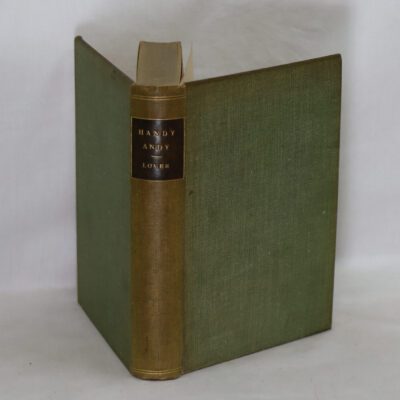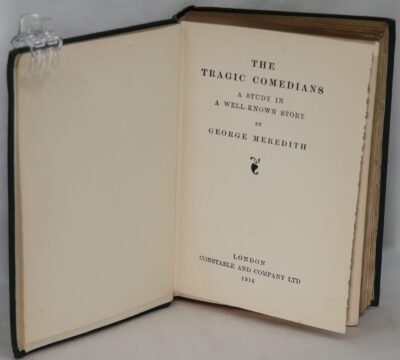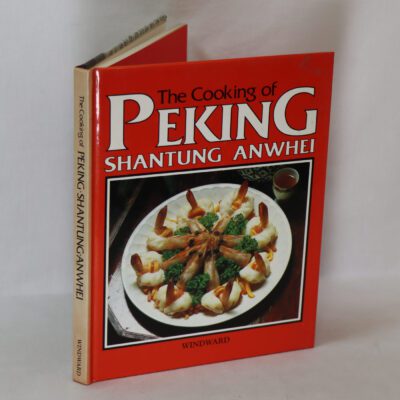The English Opium-Eater.
By Thomas De Quincey
Printed: 1992
Publisher: Folio Society. London
| Dimensions | 16 × 24 × 3 cm |
|---|---|
| Language |
Language: English
Size (cminches): 16 x 24 x 3
Condition: Fine (See explanation of ratings)
Your items
Item information
Description
in a fitted box. Green cloth with gilt line decoration around the edge on both boards. Brown title plate with gilt lettering on the spine.
F.B.A. provides an in-depth photographic presentation of this item to stimulate your feeling and touch. More traditional book descriptions are immediately available.
Confessions of an English Opium-Eater (1821) is an autobiographical account written by Thomas De Quincey, about his laudanum addiction and its effect on his life. The Confessions was “the first major work De Quincey published and
the one that won him fame almost overnight” First published anonymously in September and October 1821 in the London
Magazine, the Confessions was released in book form in 1822, and again in 1856, in an edition revised by De Quincey.
Thomas Penson De Quincey (15 August 1785 – 8 December 1859) was an English writer, essayist, and literary critic, best known for his Confessions of an English Opium-Eater (1821). Many scholars suggest that in publishing this work De Quincey
inaugurated the tradition of addiction literature in the West. Along with his opium addiction, debt was one of the primary constraints of De Quincey’s adult life. De Quincey came into his patrimony at the age of 21, when he received £2,000 from his late father’s estate. He was unwisely generous with his funds, making loans that could not or would not be repaid, including a £300 loan to Coleridge in 1807. After leaving Oxford without a degree, he tried to study law, but desultorily and unsuccessfully; he had no steady income and spent large sums on books (he was a lifelong collector). By the 1820s he was constantly in financial difficulties. More than once in his later years, De Quincey was forced to seek protection from
arrest in the debtors’ sanctuary of Holyrood in Edinburgh. (At the time, Holyrood Park formed a debtors’ sanctuary; people could not be arrested for debt within those bounds. The debtors who took sanctuary there could emerge only on Sundays, when arrests for debt were not allowed.) Yet De Quincey’s money problems persisted; he got into further difficulties for debts he incurred within the sanctuary. His financial situation improved only later in his life. His mother’s death in 1846 brought him an income of £200 per year. When his daughters matured, they managed his budget more responsibly than he ever had himself.
Want to know more about this item?

Related products
Share this Page with a friend










